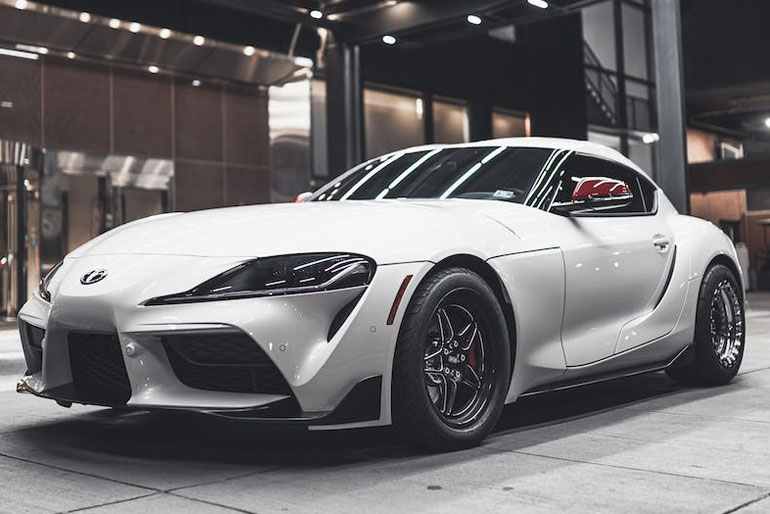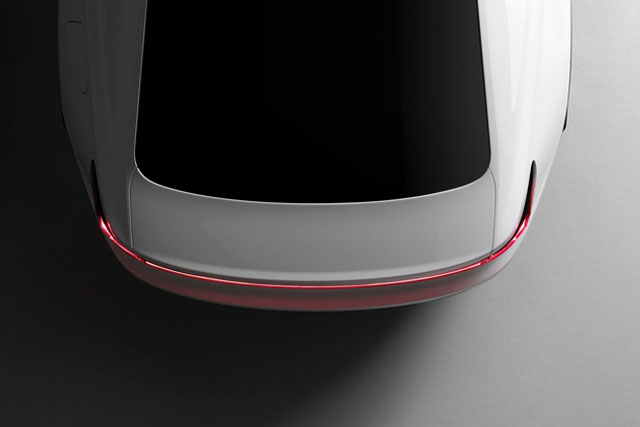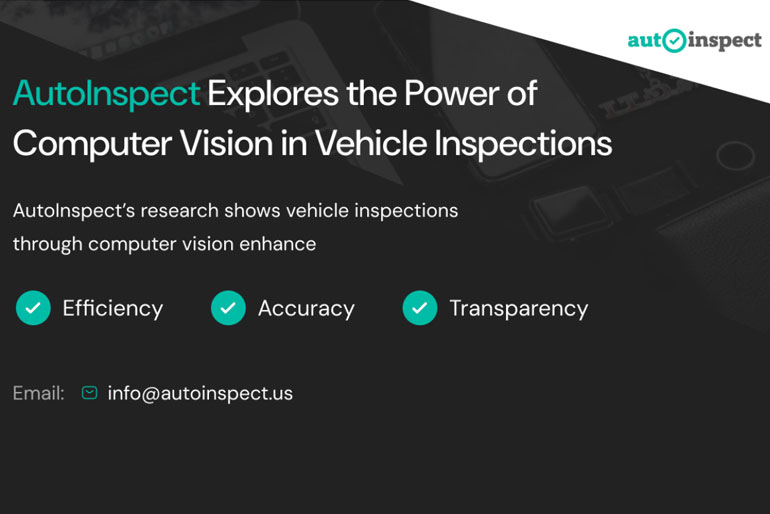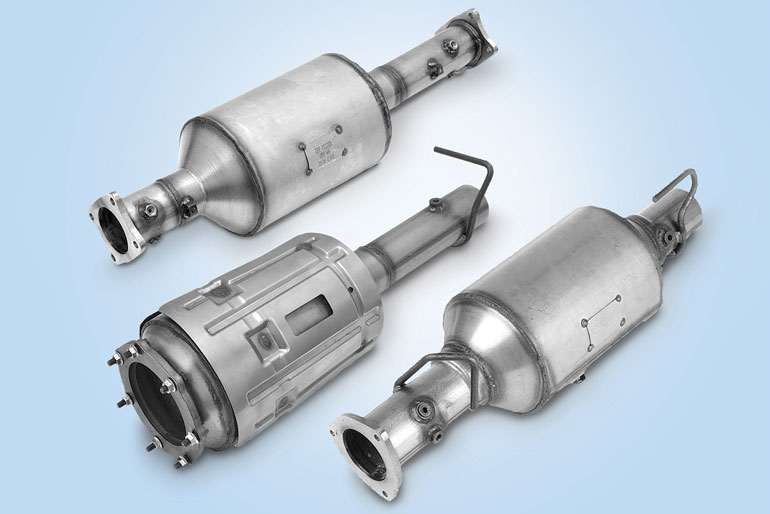If you have a diesel car, then you will also have a DPF, and most probably, you don’t know how to support it correctly, or you don’t even now what a DPF is. If you don’t help the DPF of your car, your beloved vehicle can face serious consequences.
that is the case, then you don’t need to worry because this article will describe briefly about diesel particulate filters.
What are Diesel Particulate Filters?
A diesel particulate filter (DPF) is a type of diesel filter that catches and stokes exhaust soot, also known as soot traps, which are used to reduce the emissions from vehicles of diesel.
They only have a finite amount of capacity, and the soot periodically gets emptied or ‘burned off’ to regenerate the DPF.
The process of regeneration burns off the excess soot deposited cleanly in the filter, which reduces all of the dangerous exhaust emission,
It also helps to prevent the black smoke that you used to see from your diesel vehicles, mostly when accelerating.
Euro 5 exhaust emission legislation was introduced in 2009 that helped lower car CO2 emissions efficiently and made DPFs mandatory.
After that, around one in two new cars, a year, have been powered by diesel.
Working of DPF
Diesel particulate filter traps the dangerous particulates because they need to be burned off in the filter regeneration process, which converts them quickly into the water and carbon dioxide.
The regeneration process happens every 300 kilometers. Your car must be equipped with an electronic control unit, which calculates the capacity of particulates, which also indicates us when the process starts to begin and eliminate them.
If you want to remove the particulate materials than the DPF has to operate over 400 degrees of Celsius. If for any wild reason, it doesn’t, then the filter might clog and may show some trouble catching the particulate material.
It is a reasonably common thing if you drive in the city only, if you don’t go over 60 kilometers per hour, or use your vehicle for short trips and the engine of your car idles very often.
The DPF of your vehicle can experience some little problems even if you are maintaining your car correctly and also use an excellent quality lubricant that is, of course, recommended by the manufacturer, mostly a 5W-30 grade.
Your DPF warning light that is on your dashboard is most likely to come on at some point to let you know that you need to take your vehicle to the shop for quick regeneration.
You can also see that your car is losing some power and is not working correctly as well; the fuel consumption and emissions of carbon may also increase.
It can seem a bit unfair that always these problems are occurring even though you are looking after your vehicle and also drive correctly.
The reason is simple that the exhaust of your vehicle is not hot enough, and because of that, the particles build up and block the exhaust in simple words; your car is crying out loud for some help.
The most important thing is which engine oil do you need to purchase? That can be the product’s specifications and viscosity.
They will tell you the required information on whether the lubricant is right for your car or not.
The thing you must do is to compare the given information with the provided owner’s manual.
What causes a Diesel Particulate Filter Blockage?
If you drive in short journeys at low speeds most of the time, it can be a prime reason for diesel particulate filters getting blocked.
The carmakers often recommend city-bound short trip drivers to choose a petrol car instead of a diesel car. That is the reason that diesel cars are rare in the city sector.
Poor servicing is also not very good for your DPFs. A poorly maintain cars diesel particulate filter may fail earlier than a car, which is well maintained, mostly they last for about 100,000 miles.
You must always use the right type of oil; also, some oils may contain additives that can easily block the filters.
How to Prevent the Stoppage of you DPF
There are times when you can quickly clear the filter by just driving your vehicle on the expressway or freeway at around 60 kilometers an hour for 25 or 35 minutes.
Your vehicle may make a jerking motion, but this doesn’t mean that your car is in trouble; it’s just that the exhaust of your car is cleaning itself and making your car back to the normal state. It makes your car consume less fuel because your engine power is going back up.
So, if you drive a lot in the city and don’t go over 60 kilometers per hour, then you must take a small amount of time for your car each week.
If this process is complicated for you, then you must make your vehicle for a spin on the expressway or freeway every 200 or 300 kilometers. This process will save you a bit of time going to the auto repair shop, and the diesel particulate filter will go through a suitable cleaning process.
And always remember to correctly maintain your vehicle because its essential if you want your diesel particulate filter to work correctly for an extended amount of time.
Ways to Maintain a DPF?
The most excellent way for you to maintain a diesel particulate filter is to make sure that it’s entirely able to regenerate by itself when the warning light appears, or it’s full of soot.
You can do the regeneration of your DPF in two ways passive and active regeneration.
Passive regeneration
This type of regeneration occurs when your car is at high speed on long motorway journeys. It allows the temperature of your exhaust to increase to higher levels and also burns off the excess soot in the filter cleanly.
So it is suitable for the type of drivers that regularly give their diesel car a good 40 to 50 minute run at a stable speed on a motorway to help clear the diesel filter.
But mostly the drivers don’t do this type of driving regularly – which is the reason that the manufacturers have designed a regeneration system different from the passive.
Active regeneration
This type of regeneration means that some extra fuel is injected automatically as part of the car’s ECU, so when a filter reaches a predetermined limit, that is around 45%.
It is enough to raise the temperature of the exhaust to burn off the soot which was stored.
But the Problems can occur, if the journey is too short, as the regeneration may not be completed fully. Because of this, the warning light will continue to appear, which indicates that the filter is still blocked.
In any case, it should be possible for you to complete the regeneration cycle and clear the warning light by driving for 10 to 15 minutes or so at a speed that is greater than 40mph.
You can guess whether your active regeneration is taking place by the following points:
- Change of the engine note.
- The cooling fans are running.
- Fuel consumption slightly increases.
- Idle speed increases.
- Automatic Stop/Start deactivation.
- The smell from the exhaust becomes hot and acrid.
What is the Cost of a New DPF?
Diesel particulate filters can be very costly.
A new DPF from a car manufacturer can easily cost you around £1,000 and £3,500, which potentially wipes out the cost savings that are associated with driving a diesel vehicle.
There are some other suppliers of the diesel particulate filters that charge you lesser, but you got to be careful here: because they may not work correctly and may end up costing you even more in the repairs.
Conclusion
You should always maintain your diesel car because if you don’t, many problems can occur inside your vehicle that makes it slow and rusty.
You should still know all about your DPF, go to the nearest auto repair shop frequently just to understand the position of your vehicle.







